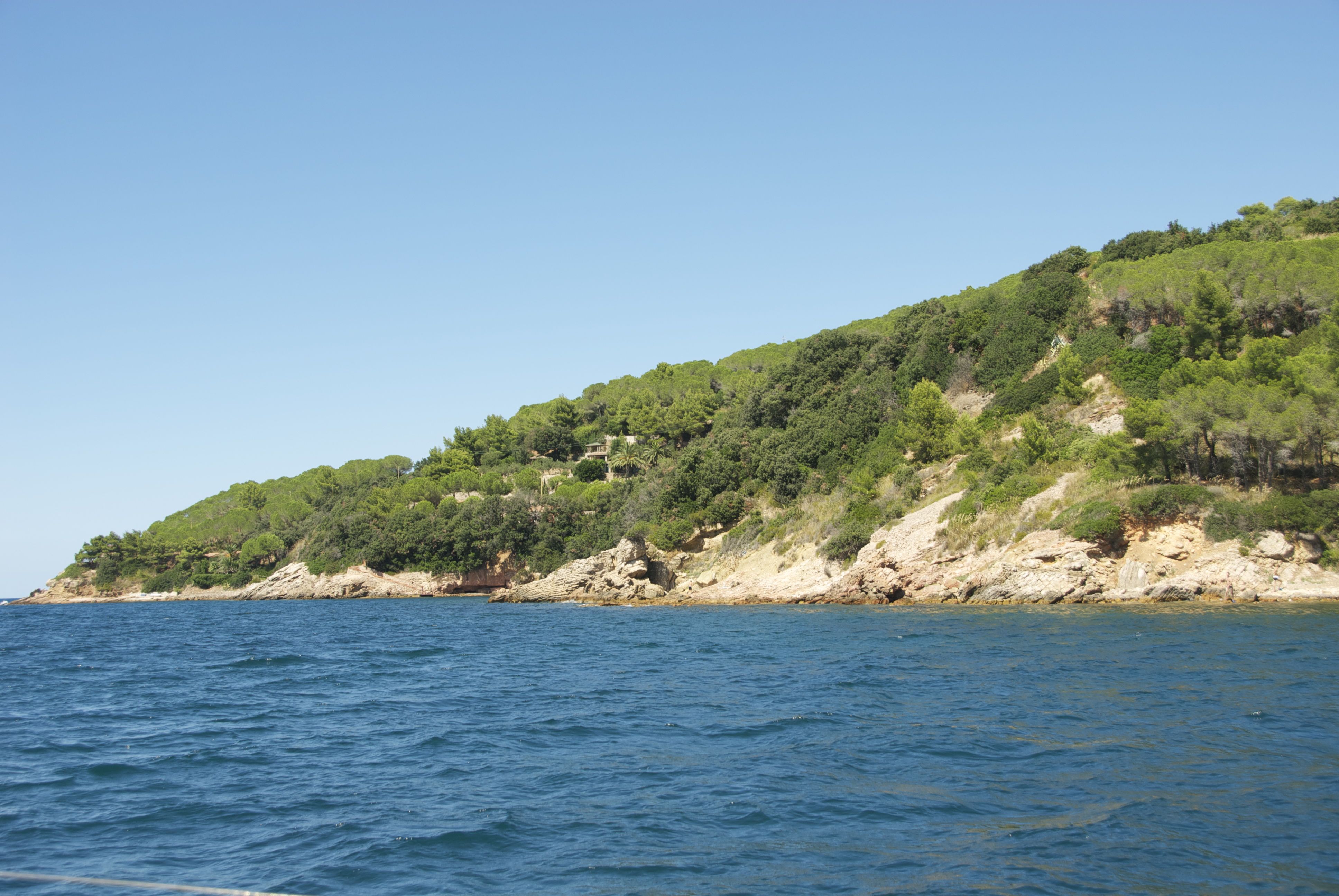On the Pontine islands
It was my cousin Francesca - who lives in Rome and is fond of sailing - who made me discover the Pontine islands. They form part of an archipelago located in front of the Gulf of Gaeta, in the Tyrrhenian Sea, off the southern coast of Lazio. There are 6 islands in all, well grounded in a huge volcanic mass.
Four of them are to the north-west (Ponza, Palmarola, Zannone, Gavi ) and two to the south-east (Ventotene and Santo Stefano). They can be reached by ferry or hydrofoil from Formia, Anzio, Terracina, San Felice Circeo, Naples, Pozzuoli and Ischia. Only Ponza and Ventotene are inhabited. A dozen farmers live in cave dwellings in Palmarola and exclusively from spring to autumn. Zannone is inhabited by the few people working in the lighthouse. Santo Stefano, uninhabited, was a former prison built by the Bourbons. Ponza, the largest, has beautiful beaches and many coves and sea caves, a rugged and rocky coastline, with magnificent cliffs, as well as numerous testimonies of the Roman era, such as aqueducts, cisterns and villas. Many of the beaches sport crystal clear waters and can be reached only by boat, but it is worth hiring one! As an alternative, you can walk among agaves and prickly pears, on the waterfront, or along the narrow roads winding up the hills. Ventotene is Francesca’s favourite island, where she spends most of her summer holidays on a sailing dinghy... To her, it is the most beautiful island in the world! Ventotene is really beautiful, smaller and less crowded than Ponza: it has around 700 inhabitants. It is a small paradise for those who love the sea and water sports, for its clear waters and its wonderful sea bed. But even to those who are less attracted to the pleasures of the sea, Ventotene offers superb views and splendid walks among the ancient trees and plants of the island: holm oaks, myrtles, brooms, mastic trees and other plants and trees introduced more recently, such as prickly pears, agaves, oleanders, aloes and figs... In the charming main square, near the Town Hall, a plaque commemorates the Manifesto of Ventotene, written by Altiero Spinelli and Ernesto Rossi in 1941 and considered as the founding document of the European Union.
